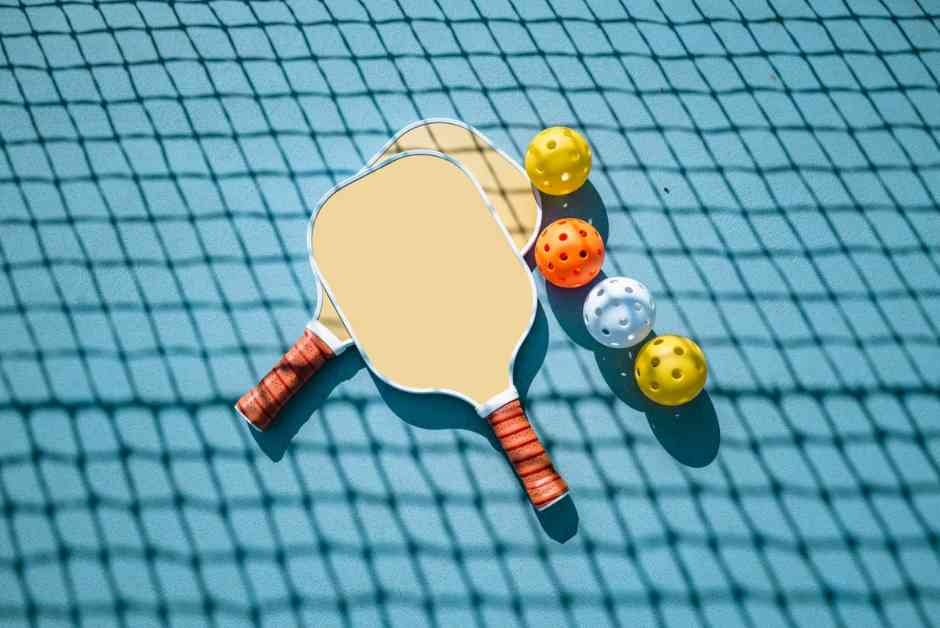Pickleball, a sport that has been gaining popularity rapidly in the United States, has captured the interest of millions of people across the country. With its unique combination of elements from tennis and badminton, pickleball has carved out a niche for itself in the world of sports.
The key components of pickleball – the balls, paddles, and shots – all play a crucial role in shaping the game and providing players with a unique experience on the court. The physics behind these elements are what truly make pickleball a fascinating and engaging sport to play and watch.
Professor Pickleball, also known as Phil Hipol, has delved deep into the science behind pickleball to uncover the secrets of its balls, paddles, and shots. As an acoustics and structural dynamics engineer, Hipol brings a unique perspective to the game, offering insights that bridge the gap between science and sport.
One of the most intriguing aspects of pickleball is the speed at which the ball travels across the court. With calculations and experiments, Professor Pickleball has determined that the fastest serve can reach speeds of up to 65 miles per hour, creating a thrilling and fast-paced game for players and spectators alike. The spin and trajectory of the ball, influenced by its unique design with holes, add an extra layer of complexity to the game.
On the other end of the spectrum, the lob shot in pickleball showcases a different aspect of the game. By launching the ball high into the air, players can create a shot that is challenging to return, adding a strategic element to their gameplay. The physics behind the lob shot, including the angle of launch and spin rate, play a crucial role in determining the ball’s trajectory and hang time.
The sound of a pickleball hitting the paddle is another fascinating aspect of the game that Professor Pickleball has explored. The distinctive “pop” that resonates when the ball strikes the paddle is a result of the paddle’s design and composition. With some paddles reaching noise levels comparable to a passing ambulance siren, manufacturers have begun to develop “quiet” paddles to address noise concerns in residential areas.
As pickleball continues to grow in popularity, the intersection of science and sport will play an increasingly important role in shaping the game’s future. With experts like Professor Pickleball leading the way, players and fans alike can gain a deeper appreciation for the physics behind the sport they love. So next time you step onto the pickleball court, remember that there’s more than meets the eye when it comes to those balls, paddles, and shots.










